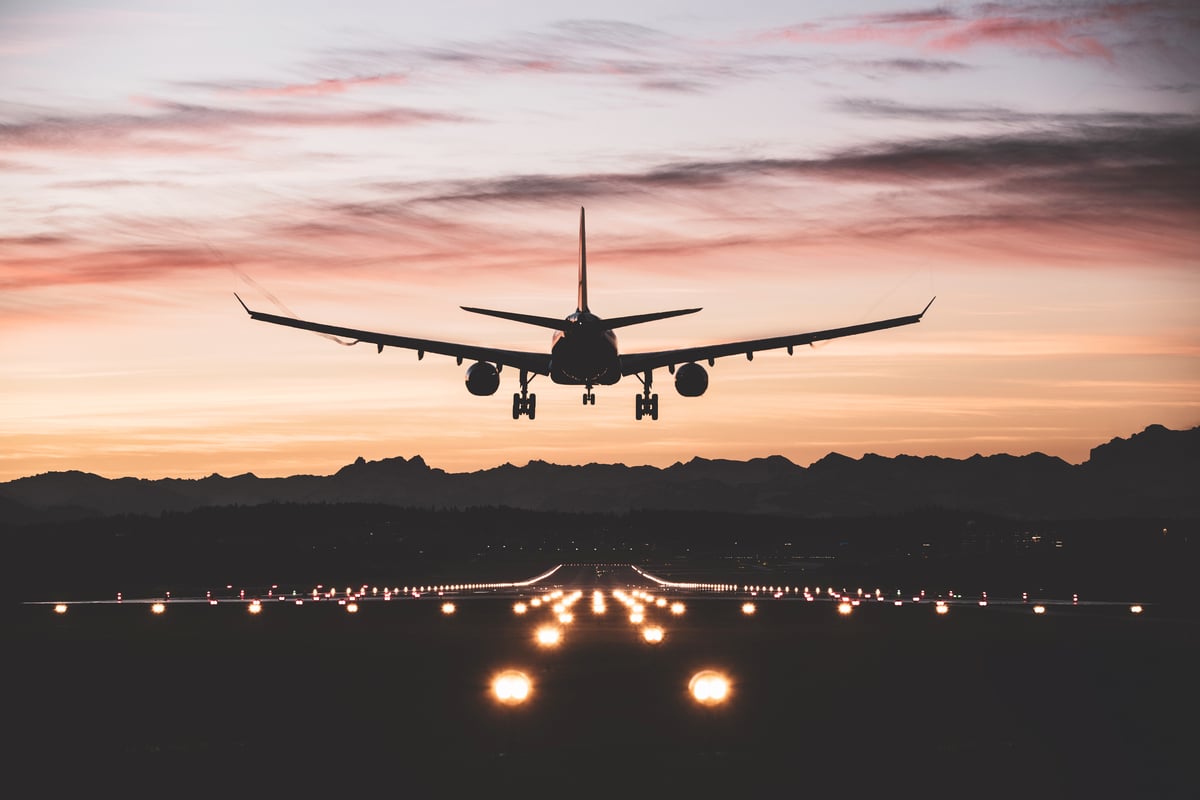The U.S. leisure travel recovery shows no signs of slowing. On Sunday, passenger throughput at TSA checkpoints hit a new pandemic-era record of nearly 2.1 million travelers: down just 17% from the equivalent day in 2019. Considering that business travel demand remains very low and the summer peak travel season is just starting, that was an impressive number.
Sure enough, on Monday, Spirit Airlines (SAVE +0.00%) raised its second-quarter guidance. The improved outlook bodes well for the budget airline's results in the second half of 2021 (and beyond).
A guidance increase
Spirit Airlines lost a ton of money in the first quarter, as travel demand remained quite weak in the first two months of 2021. The carrier recorded an adjusted pre-tax loss of $308 million and adjusted earnings before interest, taxes, depreciation, and amortization (EBITDA) of -$200 million. This translated to an awful adjusted EBITDA margin of -43.3%.
However, in late April, Spirit projected that its adjusted EBITDA margin would bounce back to between breakeven and -5% in the second quarter. The airline also said that it planned to ramp up capacity to just 5.5% below 2019 levels in Q2.
Now, Spirit Airlines is on track to outperform its optimistic second-quarter forecast. In its recent guidance update, the company said that it had "seen an improvement in operating yields" over the course of the quarter, thanks to improving leisure demand. As a result, Spirit now expects to achieve a modestly positive adjusted EBITDA margin this quarter.
Expecting a solid summer
The Wall Street analyst consensus currently calls for Spirit Airlines to post a small loss in the third quarter. The company should be able to beat those forecasts, though.

Image source: Spirit Airlines.
First, the progress on pricing that drove Spirit's recent guidance increase suggests that air travel demand may outpace supply this summer -- at least in short-haul leisure markets. This more-favorable supply demand balance is likely to have an even bigger positive effect on unit revenue in the third quarter than in the current period.
Second, Spirit Airlines will again increase capacity sequentially in the third quarter. In fact, it expects to operate 10% more capacity than it did in the third quarter of 2019. This will reduce unit costs by allowing the airline to spread fixed costs over more seats.
As of late April, Spirit Airlines' management expected earnings per share to turn positive sometime during the summer. Given that the demand outlook has improved significantly since then, Spirit should be solidly profitable for the full third quarter.
Getting a lot closer to normal
Even with capacity up 10% from 2019 levels, Spirit Airlines' aircraft utilization -- a key driver of unit costs -- will remain below normal this summer. After all, its fleet count has expanded 21% over the past two years.
Still, this represents a big improvement even compared to the second quarter. Moreover, Spirit now plans for fourth-quarter capacity to be 21% higher than the same period in 2019. By then, aircraft utilization will be roughly in line with pre-pandemic levels.
Meanwhile, improving yields point to a better supply demand balance in Spirit's markets. As international travel resumes over the next year or so and big network carriers redeploy their wide-body jets to long-haul routes (after temporarily using them on domestic leisure routes during the pandemic), the supply demand balance should become even more favorable.
Spirit Airlines executives claim that the carrier's operating margin should exceed its 2019 result by 2023. Based on the airline's recent trajectory, that bold prediction seems quite plausible. If it comes true, Spirit Airlines stock is likely to rise significantly over the next couple of years.






